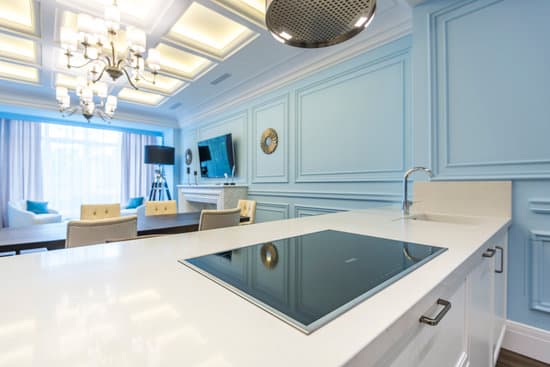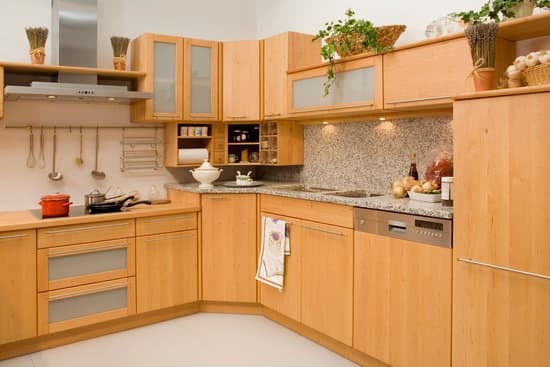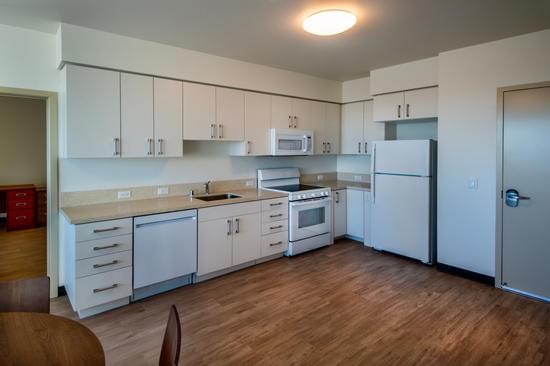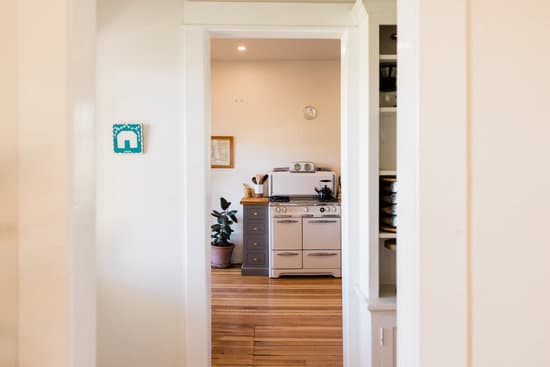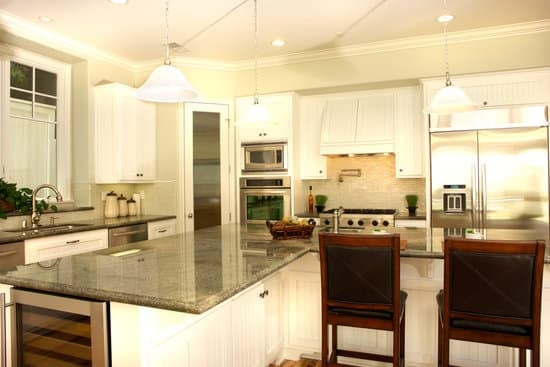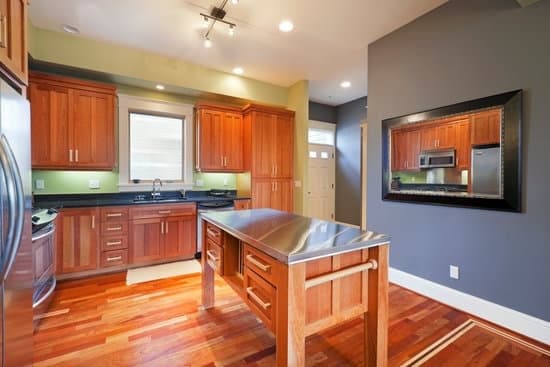Looking to give your kitchen cabinets a stylish upgrade? Adding glass inserts can instantly transform the look and feel of your space. In this article, we will guide you through the process of adding glass to your kitchen cabinets in a safe and effective way. From assessing your cabinets and planning the design to choosing the right glass inserts and applying finishing touches, you’ll be well on your way to enjoying beautifully upgraded kitchen cabinets that will impress everyone who enters your kitchen.
Assessing Your Cabinets and Planning the Design
You’ll need to take a close look at your cabinets and decide on the design you want. Start by measuring the dimensions of your cabinet doors accurately. This will help you determine the size of glass panels needed for each door. Safety should be a top priority, so it’s important to select the right type of glass that is durable and shatter-resistant. Tempered or safety glass is recommended as it is stronger and less likely to break into sharp pieces if accidentally shattered.
After measuring, consider the design options available for adding glass to your kitchen cabinets. You can choose from different styles such as clear glass, frosted glass, or even decorative patterns. Clear glass allows you to showcase your dishes and adds an open feel to your kitchen space. Frosted glass provides privacy while still allowing light to pass through. Lastly, decorative patterns can add a unique touch that complements your overall kitchen aesthetic.
Remember to prioritize safety when selecting the right type of glass for your cabinets and carefully measure before making any changes.
Removing Cabinet Doors and Preparing the Surface
First, make sure to remove the cabinet doors and prepare the surface before proceeding. This step is crucial to ensure a smooth and successful installation of glass in your kitchen cabinets. Here’s what you need to do:
- Start by removing any hardware from the cabinet doors, such as handles or hinges. This will prevent them from getting damaged during the process.
- Next, carefully take off the cabinet doors by unscrewing them from their hinges. Place them on a clean and safe surface to avoid any accidents.
- Once the doors are removed, prepare the surface by cleaning it thoroughly. Use a mild detergent and warm water to remove any dirt or grease that may interfere with adhesion.
- After cleaning, sand down the surface lightly to create a rough texture that will help the glass adhere better.
By following these steps, you’ll be well-prepared for adding glass to your kitchen cabinets while ensuring safety throughout the process.
Choosing and Installing Glass Inserts
To choose and install glass inserts, start by measuring the dimensions of the cabinet doors and selecting the style of glass that best suits your aesthetic preferences. When it comes to types of glass inserts, there are a few options to consider. Frosted glass provides privacy while still allowing some light to pass through. Clear glass offers a sleek and modern look, allowing you to showcase your dishes or decor inside the cabinets. Textured or patterned glass adds visual interest and can complement various kitchen styles. Adding glass to kitchen cabinets has several benefits. It can make your space feel more open and spacious, as well as create an illusion of depth. Glass also allows you to easily locate items without having to open every cabinet door, saving you time in the kitchen. Additionally, it adds a touch of elegance and sophistication to your overall kitchen design while maintaining a sense of safety with tempered options available for added durability.
Applying Finishing Touches and Hardware
Once you’ve chosen the perfect glass inserts and installed them, don’t forget to add the finishing touches and hardware to complete the look of your cabinets. Choosing the right cabinet hardware is essential for both functionality and aesthetics. Opt for hardware that complements the style of your kitchen while ensuring it is sturdy and secure. Consider using knobs or pulls that are easy to grip and won’t cause any accidents. Additionally, make sure to install childproof locks if you have little ones running around.
To maintain your glass cabinet inserts, follow these simple tips: regularly clean them with a mild glass cleaner or vinegar solution to keep them looking crystal clear; avoid using abrasive materials that could scratch the glass surface; be cautious when handling heavy items near the cabinets as they can cause damage; and finally, inspect for any loose or damaged parts periodically and address them immediately.
Taking these steps will not only enhance the visual appeal of your kitchen but also ensure safety for everyone in your home.
Enjoying Your Upgraded Kitchen Cabinets
Now that you’ve upgraded your kitchen cabinets, it’s time to enjoy the transformed space. Here are some ways to fully appreciate your newly renovated kitchen:
- Sit back and admire the sleek and modern look of your glass cabinet doors. They add a touch of elegance to your kitchen and allow you to showcase your favorite dishes or decorative items.
- Take advantage of the upgraded cabinet hardware. Smoothly open and close the drawers and doors with stylish handles or knobs that not only enhance the overall aesthetic but also provide ease of use.
- Keep your glass cabinet doors in pristine condition by regularly cleaning them with a gentle glass cleaner. Avoid using harsh chemicals or abrasive materials that could scratch or damage the glass.
By upgrading your cabinet hardware and maintaining your glass cabinet doors, you can enjoy a beautiful, functional, and safe kitchen for years to come.
Conclusion
Now that you have successfully added glass to your kitchen cabinets, it’s time to sit back and enjoy the fruits of your labor. The new glass inserts bring a touch of elegance and openness to your space, making it feel more modern and inviting. With the finishing touches and hardware in place, your upgraded kitchen cabinets are sure to impress anyone who enters your home. So go ahead, bask in the beauty of your transformed kitchen and take pride in a job well done!

